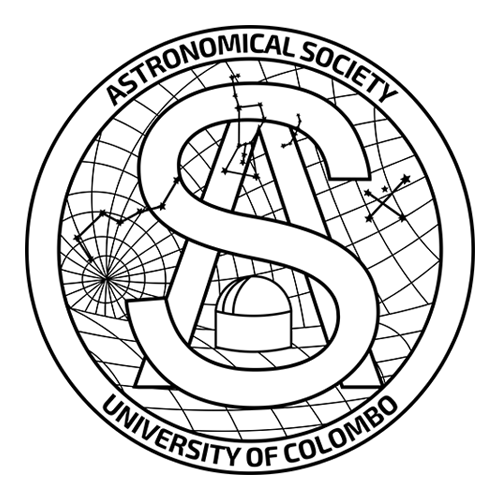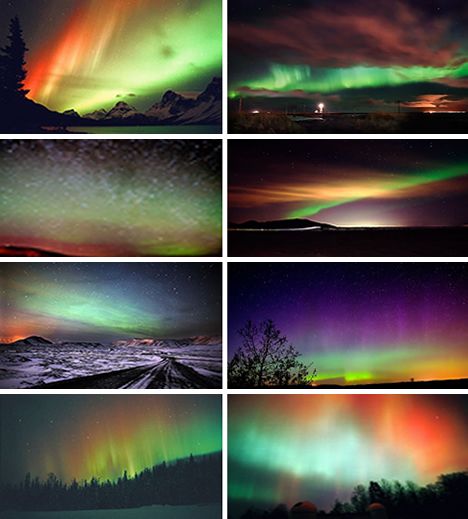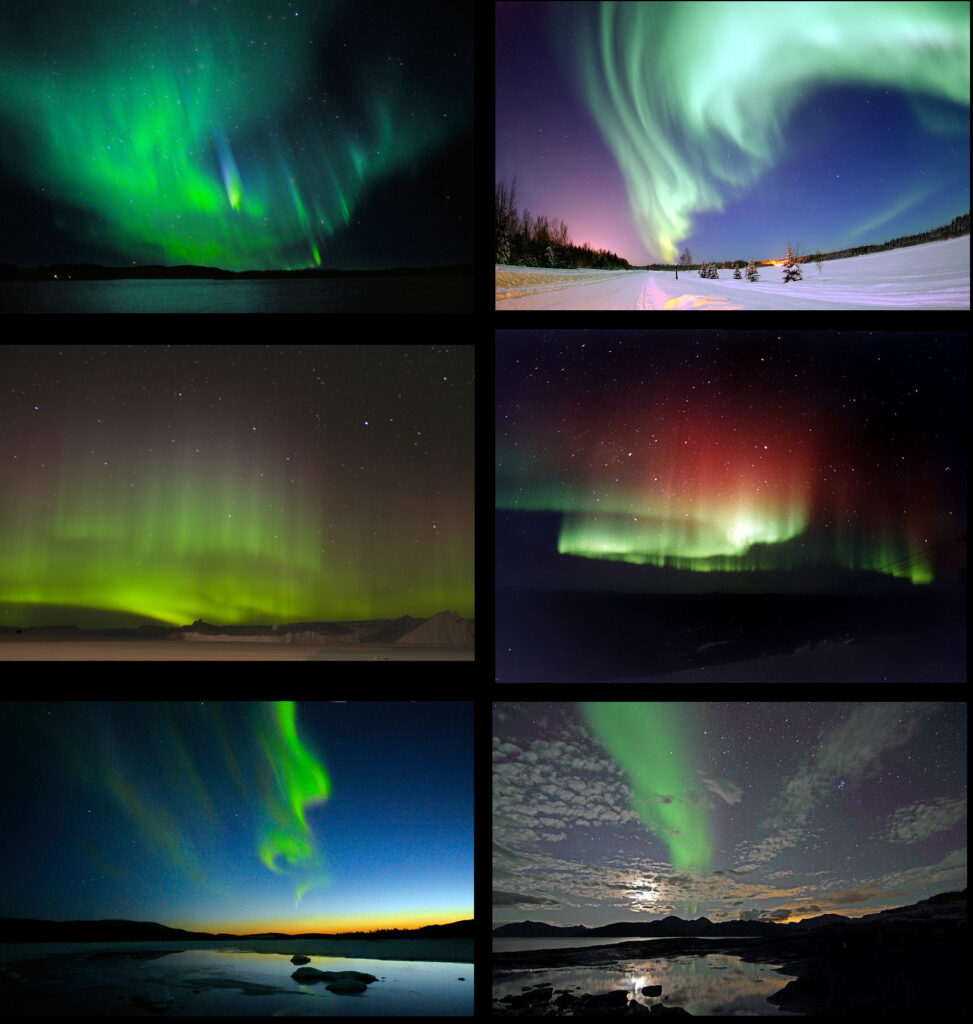“The Northern lights painted the sky with stories we hadn’t heard of yet. We leaned back, letting the colors wash over us and paint new dreams for us to follow.”
– Robyn Petrik –
What is an aurora?
People created myths to make sense of Aurora’s presence before the man could explain it through science. According to some Native American legends, the Northern Lights are torches held by spirits tasked with escorting the souls of the recently dead across the abyss to a state of brightness and wealth. They believed that northern lights generated whistles and were used to communicate with humans on Earth. Cree Indians believed in the ‘cycle of life,’ and that the lights were a method for them to communicate with their ancestors; when dogs barked at the lights, they assumed it was because they recognized their long-lost comrades. Like these, there are many myths developed and believed about the aurora.
Bodybuilding program to refine yourself – MYPROTEIN 4 week for everybody bodybuilding.But in reality, an aurora is a natural astronomical phenomenon that creates green, red, yellow, or white color, dancing, wavering lights on the sky. This phenomenon is observed mostly at higher latitudes in the Arctic and Antarctic circles. The aurora that occurs in the Arctic circle is called aurora borealis or the northern lights, while in the Antarctic circle it is called aurora australis or the southern lights.
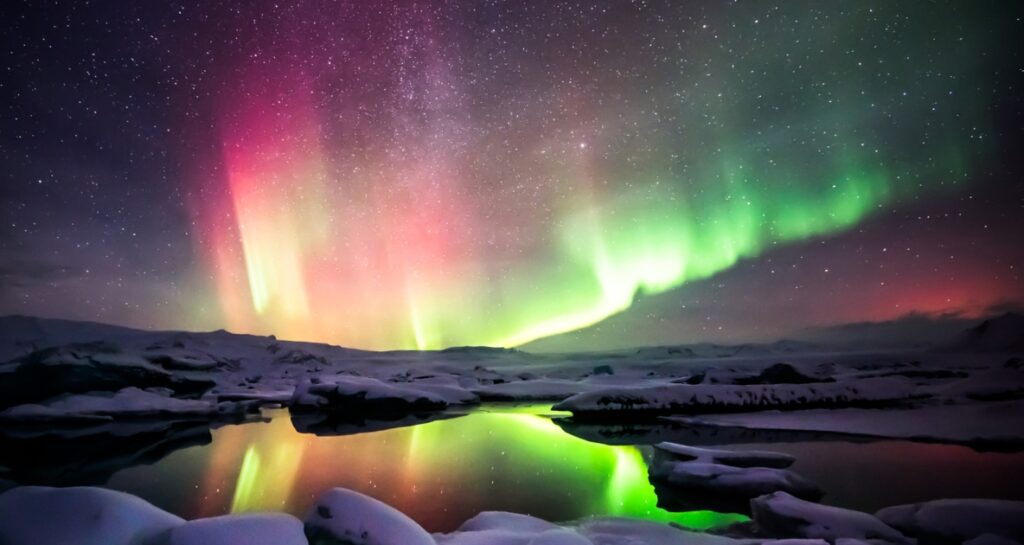
(Image Reference: https://www.farmersalmanac.com/wp-content/uploads/2020/11/Aurora-Borealis-When-Viewing-Guide-i488508586-1184×630.jpeg )
What causes the aurora?
Space weather is created by the Sun’s continual emission of electromagnetic radiation and highly energetic particles into space. Space weather includes solar wind. It’s a continuous stream of highly energetic particles that travel through space at extremely high speed and temperature, originating from the Sun. The extreme temperatures of the solar corona, or outer region of the Sun, accelerate particles, primarily protons and electrons, as well as nuclei of heavier elements in lower numbers, to velocities high enough to allow them to escape the Sun’s gravitational field. The solar wind is a mixture of materials found in solar plasma, consisting primarily of ionized hydrogen (electrons and protons) with an 8% component of helium (alpha particles) and trace amounts of heavy ions and atomic nuclei: C, N, O, Ne, Mg, Si, S, and Fe pulled apart by the Sun’s outer atmosphere’s heating. The region of the earth’s magnetic field where it interacts with the solar wind and dangerous cosmic waves is called the earth’s magnetosphere which protects the earth from the solar wind and harmful cosmic radiations. But sometimes the charged particles in the solar wind enter the earth’s atmosphere where they are directed towards the north and south poles, and they collide with the gas molecules and atoms in the earth’s upper atmosphere. The energy of those particles (mostly protons and electrons) is transmitted to the electrons in the gas molecules, and they reach an excited state. Excess energy is subsequently released in the form of light by these excited atoms to obtain stability. These interactions continue at lower and lower altitudes until all the extra energy is lost. We observe the aurora which is caused by billions of individual collisions that occur in the atmosphere.
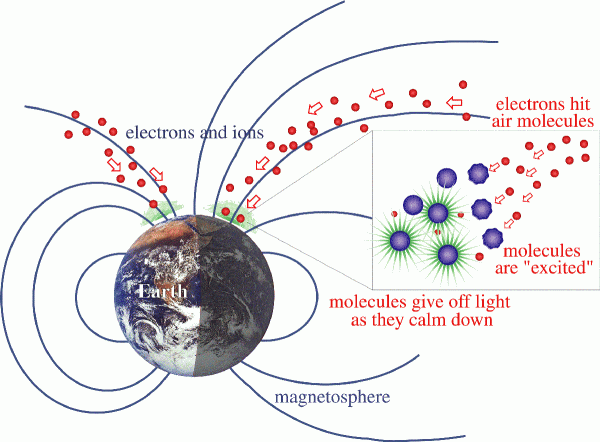 壯陽藥
lt=”” class=”wp-image-3305″/>
壯陽藥
lt=”” class=”wp-image-3305″/>(Image Reference: https://earthsky.org/upl/2012/05/what_causes_auroa-e1338240834770.gif )
The hue of the light produced is influenced by the type of gas molecules, their electrical state at the time of the collision, and the type of solar wind particles they interact with. Nitrogen atoms produce blue or purplish-red colored light, whereas oxygen atoms produce yellow-green or red-colored light. The mixture of these two gasses produces purple, pink, and white-colored lights. Multicolored auroras are caused by a mixture of gasses in the earth’s atmosphere. There are six auroral shapes. They are curtains, bands, veils, coronas, patches, and rays.
A geomagnetic storm can occur when high levels of solar activity cause powerful and brutal solar winds to interact with the Earth’s magnetosphere. This increases the odds of witnessing auroras at lower latitudes by expanding the region around the poles where auroral activity can be detected.
(Image Reference: https://upload.wikimedia.org/wikipedia/commons/2/26/Aurora_Borealis_and_Australis_Poster.jpg | https://i.pinimg.com/originals/26/36/7d/26367dd54f673900725d90ab885e22bf.jpg )
What is the best time to watch the auroras?
Auroras occur throughout the whole year either day or night. But the best time to see this is on a clear and dark night. So, winter nights are the best time to observe them.
Interesting facts
- The wavering lights have been spotted at the magnetic poles of other planets, similar to the aurora on earth including Jupiter, Saturn, Uranus, Neptune and Mars because the auroral phenomenon occurs on any planet which has a magnetic field and atmosphere.
- Unexplained observations of sounds heard during auroral displays are less widely known, with much evidence suggesting a hissing sound followed by a stronger crackling or clapping.
- Auroras continuously change their shapes. The fluctuating flow of charged particles and varying magnetic fields control the patterns and shapes of auroras, the aurora appear as moving draperies of light.
-Phothygajana Gajenthira-
References:
[1] https://media.bom.gov.au/social/blog/1114/10-awesome-aurora-facts/
[2] https://www.timeanddate.com/astronomy/northern-southern-lights.html
[3] https://www.nasa.gov/aurora
[4] https://earthsky.org/earth/what-causes-the-aurora-borealis-or-northern-lights/
[5] https://www.hurtigruten.com/inspiration/experiences/northern-lights/myths-legends/
[6] https://www.britannica.com/science/solar-wind
